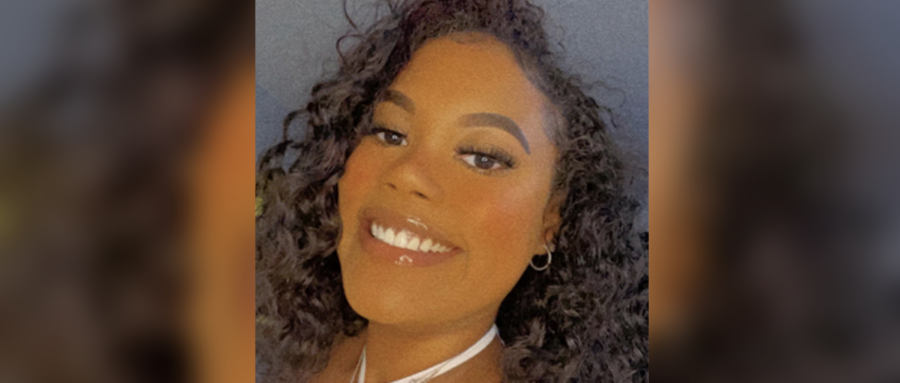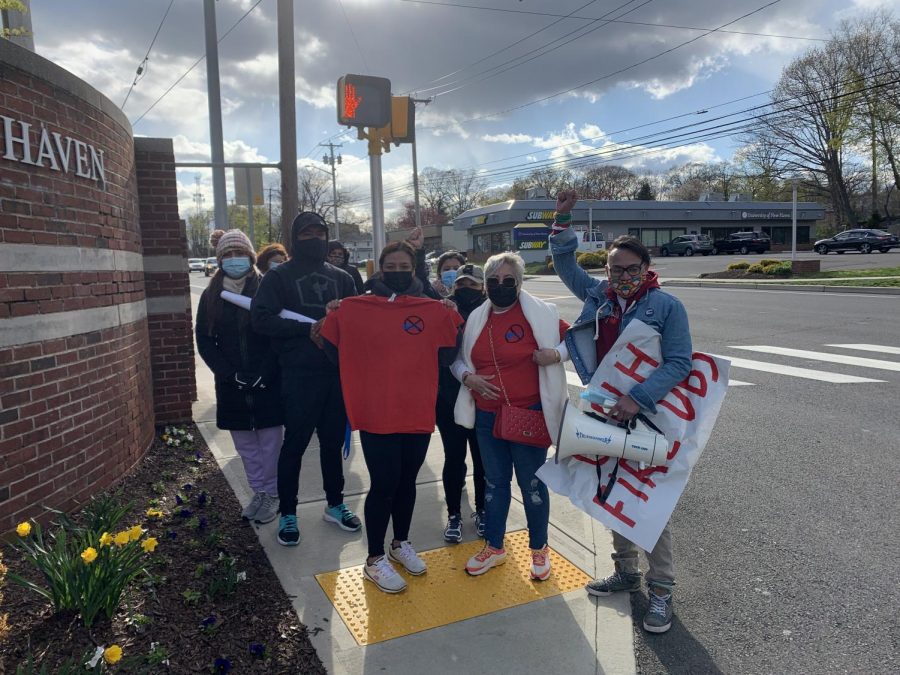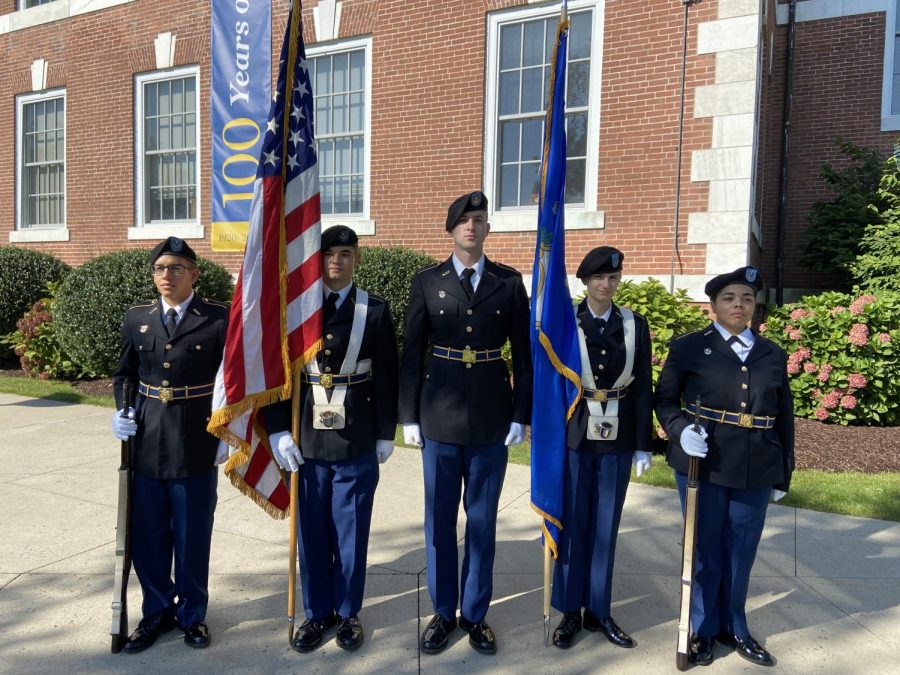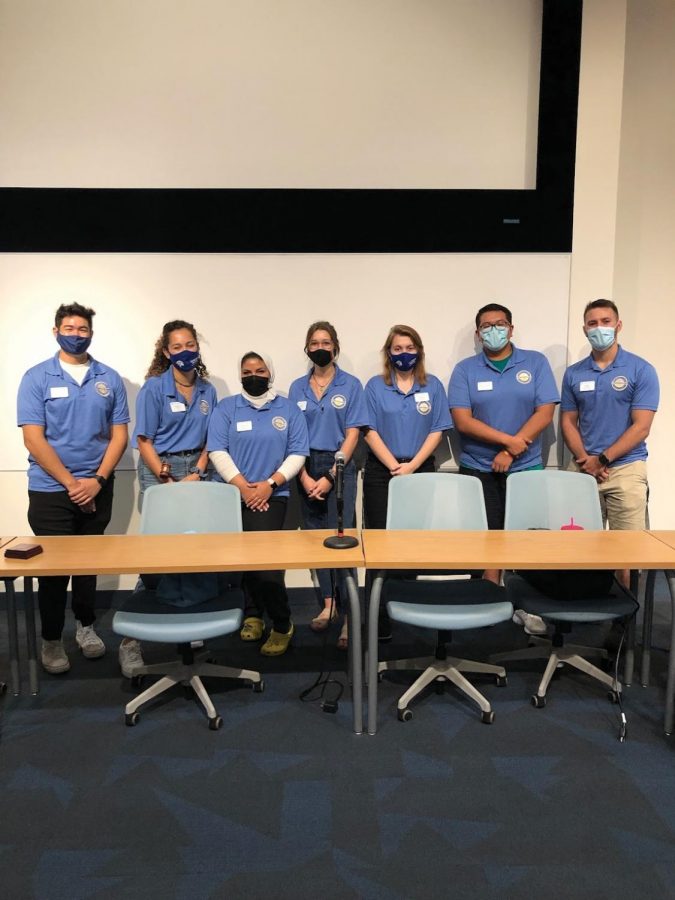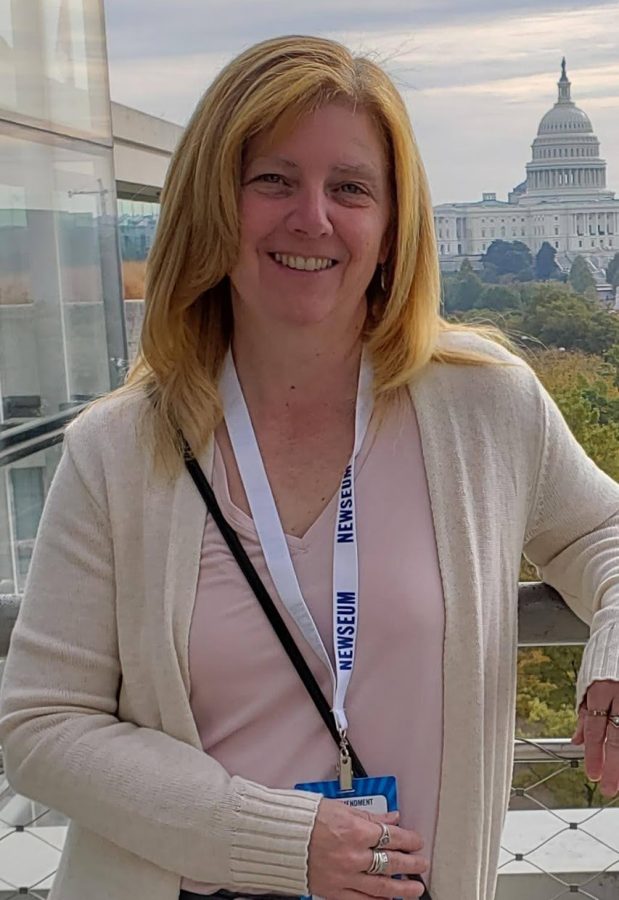History is never truly fixed, and (to a certain extent) never fully knowledgeable, especially as extended periods of time pass by. In Tom Stoppard’s Arcadia, the plot swings from past to present settings, from order to disorder, and eventually intertwines in the final scene.
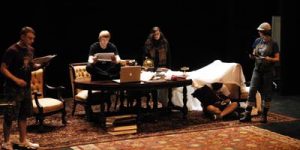
The modern-day and past characters both juxtapose and mirror one another. Throughout their quest for knowledge, they share fragmented experiences regarding love and longing, comraderie and mystery. As dramaturge Meg Savilonis says, “Arcadia is at once something familiar, and at once something foreign.”
Under the guidance of director Rachel Anderson-Rabern and stage manager Carolyn Beck, Arcadia was the first play put on by the University of New Haven’s theater program this year.
The cast performed Nov. 15, 16, 17, and 18 at 8 p.m., with a Sunday matinee at 2 p.m. in Dodds Theater to fairly full audiences.
Actor Marcos Jimenez reflects, “I was struck at how great Rachel was, from casting the play perfectly to teaching us how to walk based on the different time periods. I thought my high school directors were good, but Rachel is amazing.”
The play is set in an English country house in Sidley Park, Derbyshire in the years 1809 and 2012, depending on the scene. Since the scene mostly kept the same props throughout the play, the clothing, designed by Valerie Webster, was the key to distinguishing between time periods.
Arcadia opens with 13-year-old Thomasina Coverly, played by Amanda Schumacher, being enquired as to how she knows the meaning of “carnal embrace.” Attention is directed on her tutor Septimus Hodge, played by David Ransbottom, as the instructor of her knowledge on the topic. However, butler Jellaby, played by Peter DiDonato, soon interrupts their conversation.
This dilemma is further interrupted by Ezra Chater, played by Daniel O’Brien, who comes bursting in angry that his own wife had been caught in such “carnal embrace” with Septimus himself. He enters with Richard Nooks, the landscape architect played by James Zap, and Lady Croom, the brash alpha female of the estate played by Amanda Sigan.
The second scene takes place in the present with Hannah Jarvis, played by Caitlin Reid, doing research on the house. Valentine Coverly, played by Kyle Pickard, aids her in research. Soon comes the arrival of Bernard Nightingale, played by Joshua Dill, and his escort Chloe Coverly, Thomasina’s modern-day equivalent, played by Emily Fogelquist. Chloe accidently gives away Bernard’s identity, which creates conflict because he gave a poor review of Hannah’s latest book.
The third scene centers on a tutoring lesson between Thomasina and Septimus, only to be interrupted by Mr. Chater, who challenges Septimus to a duel.
Scene five reveals the discovery of Thomasina’s primer to Hannah in the present day, which is filled with her mathematical and scientific theories.
After an intermission, the show was back, this time opening in present-day period. In Act II Scene 5, Bernard lectures Hannah, Valentine and Chloe on his take on Mr. Chater’s murder.
Scene six brings us back to the past, where it is revealed that the Chater had gone to the West Indies with Captain Brice, played by Marcos Jimenez, so the duel could not have ever occurred.
Finally, scene seven takes place in the present and past concurrently, as the day’s actions from each of those periods are acted out. Characters of both times are onstage simultaneously, but not one gives any regard to the other. One character is cast in both periods, however: Gus Coverly, played by Brian Didio.
As director Anderson-Raber says, “We have found our journey to be occasionally tangled, often confusing, frequently exhilarating, and punctuated by moments of beauty, laughter, head-scratching and understanding.”
For those who missed this spectacular performance, keep an eye out for the spring musical Into the Woods.




